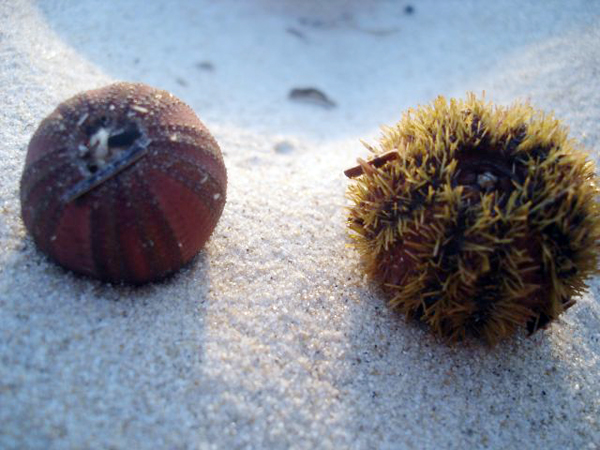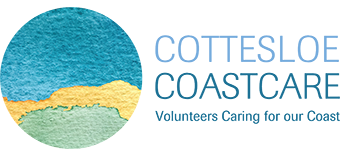Sea stars and sea urchins
Sea stars (also called starfish) and sea urchins both belong to the group of spiny-skinned animals called echinoderms. They move using their many hydraulically operated tube-feet and have a mouth in the middle of the underside of their radially symmetrical body. Often the sea urchins found on the beach have lost their spines.

Common name
Sea urchin
Scientific name
Amblypneustes (Echinodermata: Echinoidea)
Description
Sea urchins of this type have spines that break off easily leaving a “sea egg”. Notice that this is a radially symmetrical animal with the mouth in the middle of the underside and with the outer shell divided into five equal segments. Sea urchins are omnivorous scavengers or algae-eaters using their beak-like teeth which are self-sharpening.
Cottesloe Coastcare Association
PO Box 32
Cottesloe WA 6911
info@cottesloecoastcare.org
Sign up to our Newsletters
To stay up to date with our news and upcoming events.
